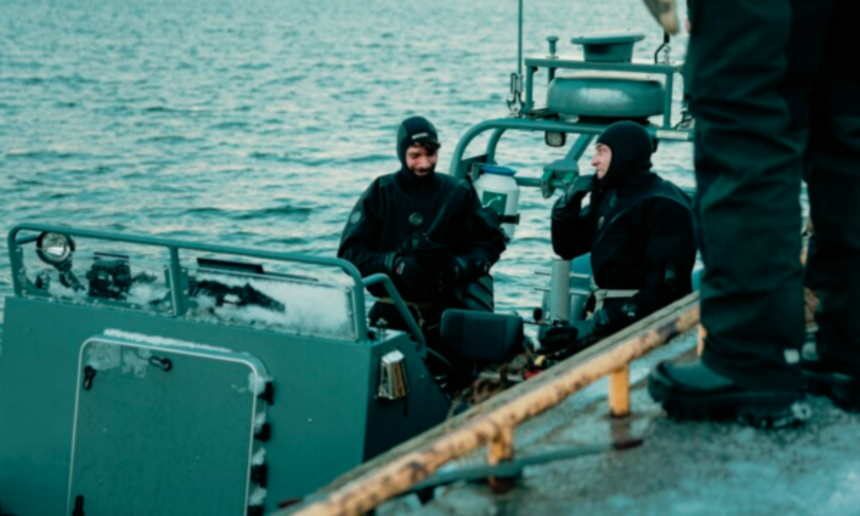On November 18, just hours after communication cables in the Baltic Sea were cut, 30 NATO ships and around 4,000 military personnel began one of the largest maritime exercises in Northern Europe.
The 12-day military drill, code-named “Freezing Winds,” was part of an effort to strengthen the defense of the alliance’s maritime infrastructure, through which about 15% of global shipping traffic passes and is increasingly seen as vulnerable to attacks.
The Baltic Sea is bordered by eight NATO member countries and Russia. Since 2022, when Russia invaded Ukraine, at least three possible sabotage incidents have been reported against 40 telecommunication cables and critical gas pipelines that cross the shallow sea floor.
“NATO is increasing patrols, and allies are investing in innovative technology that can help better secure our interests,” said NATO Maritime Command spokesperson Arlo Abrahamson.
However, the shallow maritime environment that allows cables to be cut by ship anchors, along with sudden changes in weather conditions, makes it nearly impossible to prevent such incidents.
On the third day of the alliance’s exercise, German Navy Commander Beata Krol attempted to deploy an underwater drone from her mine countermeasure vessel, Weilheim, to inspect the seabed, when a winter storm broke out. After a 30-minute delay, the drone froze and malfunctioned.
After years of working in the Baltic Sea to clear World War II-era mines, NATO is transforming its fleet with six ships designed to detect mines and monitor for suspicious underwater activities. The alliance is equipping its fleet with sonar for scanning the sea floor, drones that film at water depths, and specialists on board for instant diving operations. /VOA







